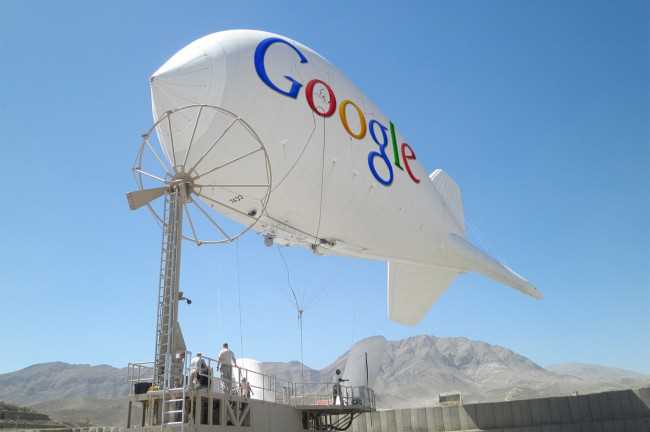Google believes that if balloon therapy is involved, the internet access problems of the third world will be resolved. Many third world countries suffer from poor or disturbed connections and even remote places still can’t avail themselves usage; so, involving balloons can be an easy process to combat the problem.
“Only half-filled with helium, and already more than 12 feet wide, the giant plastic envelope shimmered and shook in the breeze like some airborne jellyfish rising through a gentle current”- a picture perfect balloon for internet! And Google hopes this giant round plastic envelope will be strong enough to reach internet connection in every nook and corner. People of developing countries should not worry about their net accessibility from now on.
The balloon was shot into the sky, and soared thousands of feet with a payload of sophisticated radio gear, processors and solar panels. Its launch on Friday, July 26, was part of an offbeat experiment by Google (GOOG) in using lighter-than-air balloons, a concept pioneered in the 18th century, to solve the 21st-century problem of delivering Internet service to under-served parts of the world.
Google is simply rejuvenating themselves be it with new dongle, iPhone or balloons, to outshine the competitors with innovation. Its competitors will soon wish to be Google’s partner. Google’s novel project in solving internet problems may invent a new route to the world; globalization is going to come with “balloons”.
“This is a great, big, hard problem,” said Richard DeVaul, a Google engineer and chief technical architect for the company’s Project Loon, so named in part because even Google concedes the idea sounds a little crazy.
But after a trial run in New Zealand earlier this year, DeVaul and other engineers on the project say they believe a global network of low-cost, high-altitude balloons could carry enough wireless transponders to beam Internet connections to remote parts of Africa, Asia and other developing regions. The hilly sessions of Asia are mostly without proper net connections. There are remote villages in India, where people can access anything but the internet. Google is going to trigger the remote zones first.
The developers and scientists are now embarking on a new series of tests in California’s Central Valley, aimed at working out the answers to a multitude of technical questions that must be resolved to make the project work. While everyone is busy on Google glass and its strategies, a masterpiece is being made in silence. It seems the world is still busy observing the outer charisma of Google glass or iPhone.
Google invited a reporter and photographer to observe Friday’s launch at a rural airfield that’s primarily used by crop-dusting planes. More tests are planned this summer in the same area, chosen because of its relatively less crowded air space and a driving distance of only two hours from Google headquarters in Mountain View. But hopefully, the real results will be found out if tested in remote ranges. After all, Google is going to end the internet problems in third world countries.
“Our main challenge right now is power,” said Sameera Ponda, an MIT-trained aerospace engineer hired by Google to work on the project. She explained that the Loon team needs. More data is needed to decide how to configure the solar array and batteries so they can keep a balloon’s radio equipment and computers running for weeks at a time, even at night, at frigid altitudes of 12 miles or more above the Earth.
Project Loon is one of several undertakings by Google’s secretive X division, overseen by co-founder Sergey.
Brin is responsible for so-called “moon shot” projects — ideas that seem off the wall but could have huge potential — including Google’s self-driving car and the wearable computing device dubbed Google Glass. Google has been working on Loon for nearly two years, but it only recently went public. May be in future, people would buy iLoon to access speedy internet connection. For now, we have to wait & watch!
“Our goal is to provide Internet service to people in areas that can’t afford to lay down fiber lines or even cell towers,” Ponda explained. “We’re hopefully going to be able to make that a reality in the next few years.”
The concept calls for a fleet of hundreds or even thousands of balloons that will float twice as high as most jetliners fly, in a circle around Earth. But while it sounds relatively simple, the logistics are mind-boggling. Balloons hovering, pleasantly in the sky, will make the sky a picture perfect frame.
Since the balloons drift with the wind, Google engineers devised a system to raise or lower them in order to catch the air currents needed to keep them floating just the right distance from each other — and aligned so if one floats out of range from Internet users in a particular region, another will come along and take its place.
As Google believes, the balloons will bring internet service to third world countries and resolve the problems. People all over the world will enjoy the access of the internet, it is Google’s goal. If some are lucky enough to use high profile Google glass, some should at least use normal nets for informations. The lack of access to the internet should end now.
Credits: Jayeeta Shamsul
Source: Guardian Express












Recent Comments